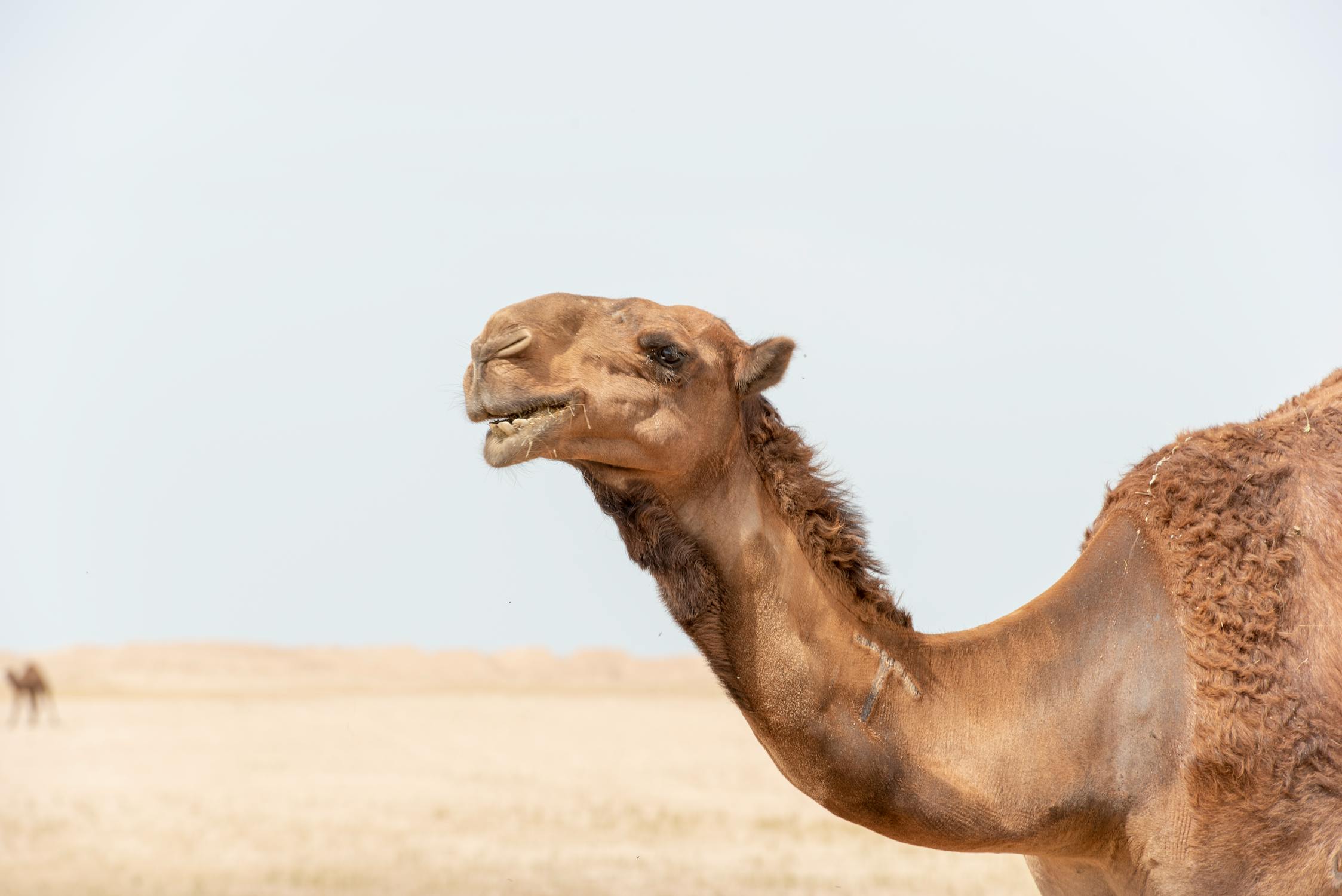Understanding the Camel: Nature’s Ultimate Survivor

The camel, often referred to as the ‘ship of the desert,’ plays a crucial role in the livelihoods of many communities across arid regions. Renowned for their unique adaptations to extreme environments, camels are fascinating creatures, their ability to thrive in harsh conditions makes them an essential asset for transportation and agriculture in desolate areas. This article delves into the biological characteristics, behavioral patterns, and importance of camels in human society.
Biological Characteristics of Camels
Physiological Adaptations
Camels are distinguished by their remarkable physiological adaptations that allow them to survive without water for extended periods.
Water Conservation: Camels can lose up to 25% of their body weight through sweating and still function normally. They can drink up to 40 gallons of water in one go when they rehydrate.
Fat Storage: Unlike many animals, camels store fat in their humps, which serves as an energy reservoir. This adaptation allows them to endure long periods without food.
Temperature Regulation: Their bodies can withstand temperature fluctuations that can range from 34°C (93°F) at night to 50°C (122°F) during the day, ultimately helping them combat both heat and cold.
Physical Appearance
Camels possess unique physical features which are vital for their survival:
Feet: Their broad, padded feet act as natural snowshoes, enabling them to walk on loose sand without sinking.
Nasal Passages: Their elongated nostrils can close to retain moisture and filter out dust, providing a mechanism to survive in sandy, windy conditions.
Eyelashes and Eyelids: Camels have long eyelashes and third eyelids that help protect their eyes from sand and debris.
Behavior and Social Structure
Social Behavior
Camels exhibit strong social structures, living in groups that are often family-oriented.
Herd Dynamics: These animals form close-knit herds that typically consist of related individuals. This social structure plays a crucial role in their survival and defense against predators.
Communication: Camels communicate through a range of vocalizations and gestures, including groans, grunts, and body language, which can indicate their mood or distress.
Nomadic Lifestyle
Camels are often associated with nomadic communities, particularly in regions like the Middle East and North Africa.
Migration: These animals can traverse vast distances in search of food and water. Their natural ability to navigate through harsh terrains is invaluable to nomadic herders.
Role in Transportation: Historically, camels have been used as pack animals, capable of carrying heavy loads across deserts, facilitating trade and cultural exchange.
Economic Significance of Camels
Livestock and Agriculture
Camels have immense economic value in many regions:
Transportation: As efficient pack animals, they are integral to transporting goods in desert regions, where vehicles might struggle.
Dairy Production: Camel milk is considered a delicacy in several cultures. It is rich in nutrients and has been a staple food source for certain communities for generations.
Meat and Leather: Camel meat is consumed in various cuisines, and their hides are used to create durable leather products.
Cultural Importance
The cultural significance of camels cannot be understated:
They are often featured in folklore and traditions, symbolizing resilience and endurance in harsh environments.
Camels play a crucial role in various festivals and events, where they are showcased and celebrated, highlighting their importance to local heritage.
In a world where climate and environmental conditions are increasingly challenging, the camel stands out as a resilient emblem of adaptability and survival.
Their unique biological characteristics not only enable them to thrive in extreme conditions but also render them invaluable to human societies that depend on them for transportation, sustenance, and cultural identity.
As we continue to navigate the complexities of modern life, the continued appreciation of camels can inspire a deeper respect for the natural world’s intricate designs and remarkable survival strategies. Understanding the camel is not just about recognizing an animal; it’s about appreciating a vital link in the tapestry of human history and nature




